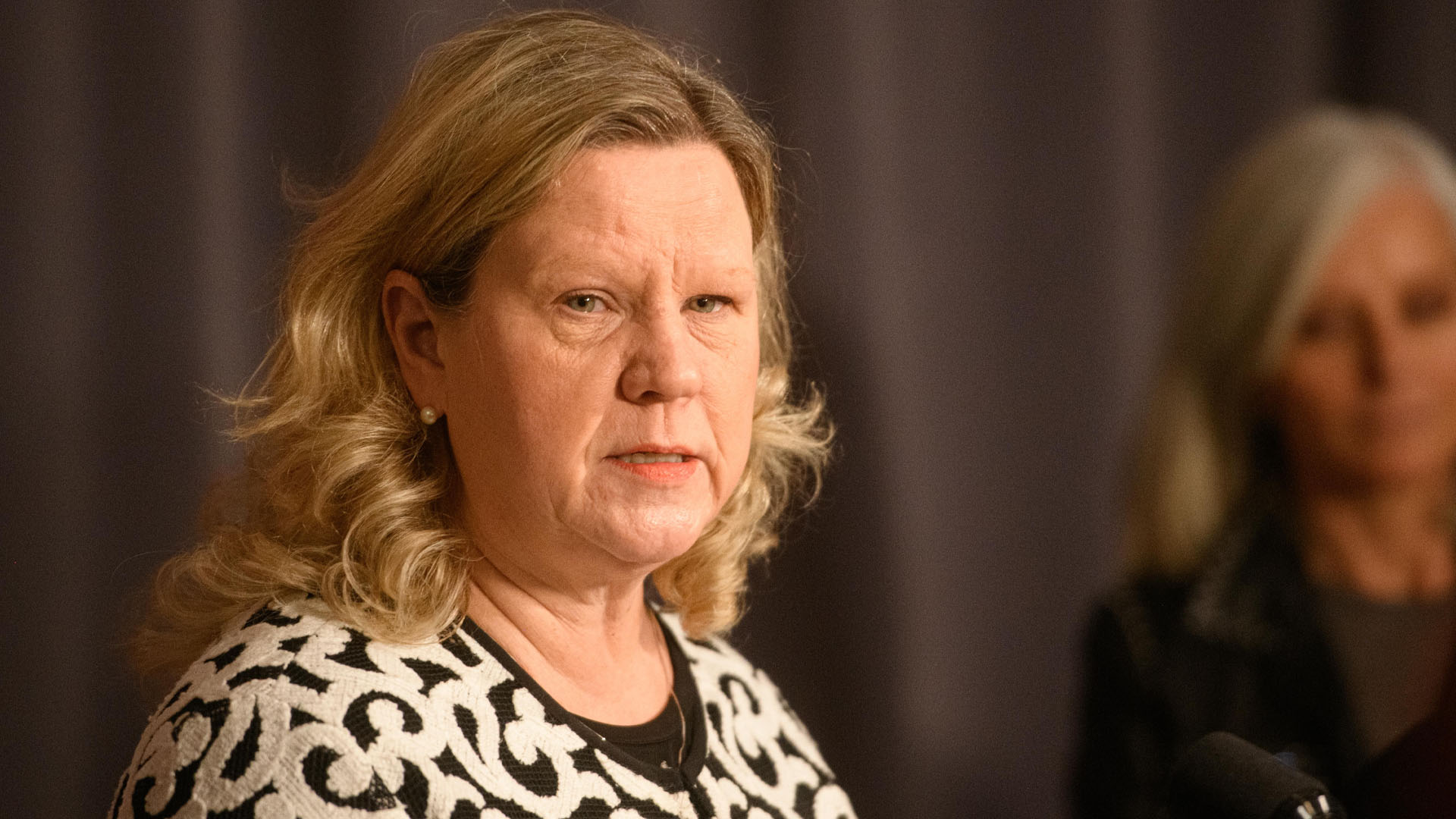
Canada’s top bureaucrat wants public servants back in the office part-time this summer to test drive running federal departments with a hybrid workforce.
Privy Council Clerk Janice Charette recently wrote to deputy ministers calling on them to use the summer to experiment with hybrid work so their departments are ready for a full implementation by the fall.
“My expectation is that departments are actively testing hybrid work models,” Charette wrote.
“Encouraging broad employee participation in experimentation, particularly with onsite presence, is key to working through the challenges and making the most of the opportunities to shift toward a new way of working.”
The clerk is the top boss, but can’t issue directives to the public service. That authority rests with Treasury Board as the employer. However, the clerk’s power over deputy ministers, who serve at the pleasure of the prime minister, comes from her recommendations on the hiring, firing and performance pay of deputy ministers.
Treasury Board approved the move to a hybrid workforce, but took a hands-off approach and left it up to departments to decide how to make the shift and how to bring workers back to the office. This sparked complaints about inconsistency and indecision that fed the notion among public servants that they can work anywhere.
Read The Functionary, Kathryn May’s new newsletter about the public service
Federal civil service resumes return to office
Read more by Kathryn May on the future of the public service
Many office workers – about half of the public service – don’t want to come back to the office as they did before COVID. Surveys show 85 per cent want a hybrid approach, working at home and at the office. The rest – from border and prison guards to nurses, scientists and spies – are not able to work from home.
After more than two years working from home, many public servants feel they successfully delivered the government’s pandemic response.
They’ve adapted their lives but now a new more contagious Omicron subvariant is making public servants even more resistant to spending time in the office or riding transit. High gasoline prices make it even more difficult to convince people to commute.
Several senior bureaucrats who are not authorized to speak publicly said hybrid work is a new ballgame that departments haven’t figured out yet – partly because they can’t get enough people in the office to test it. They hope Charette’s letter will help bring more structure or guidelines on how to do it.
“What was happening is that everybody thought ‘yippee’ we can do whatever,” said one senior bureaucrat. “People’s idea of flexibility is that every single day they can work from home; not show up at the office or work from anywhere in the country or the world.”
“We can’t be driven by people’s emotions, preferences and opinions. Let’s be driven by experimentation and get the facts and data on what works and what doesn’t.”
Another said something had to give “because we seemed to be the only employer in the country that thinks it’s outrageous to ask people back to work.”
The move to hybrid is a massive shift for the public service. It will change everything about work and how it’s done. The need for security, technology, bandwidth, office space and design will change, as will labour agreements and the way services are delivered and policies are executed.
Meredith Thatcher, co-founder and workplace strategist at Agile Work Evolutions, said the current version of hybrid is not the same as it was working in an emergency during the pandemic when rules and processes were streamlined, bent or even discarded.
“It’s going to be new. Sometimes you just have to live it in order to figure out how to make it work, and they haven’t had the opportunity to live it. So that’s what the clerk is saying is, ‘Please let’s start living this because we can learn only if we start living it.’”
In her letter, Charette said the “one-size fits all approach” has limits for an organization as large and complex as government, but employees deserve “coherence in how hybrid approaches are applied across the enterprise.”
She reminded deputy ministers they have two responsibilities – the management of their departments and being stewards of the public service as an institution.
“You are collectively responsible for the development of the federal public service of today and tomorrow. I urge you to keep in mind this dual responsibility as you test new ways of working,” she told deputies.
Many say departments dragged their feet because they didn’t have central direction; or were scared of setting guidelines that might not work or backfire; or waited to see what others did. A big worry now, for example, is that workers will pick up and move to the departments that offer the most flexibility to work remotely.
Thatcher said another problem is understanding what people do, when and how they perform the tasks of the job. That’s more than figuring out what tasks need to be done in the office.
A public servant could do all the tasks of their jobs at home, but what about the benefits of working in the presence of others? Departments have to figure out how, when and where to do that. In-person meetings – whether for camaraderie or collaboration – leads to brainstorming that generates new ideas or innovations.
That’s all part of what Charette wants deputy ministers to figure out.
“Now is the time for us to test new models with a view to full implementation in the fall, subject to public health conditions,” she wrote.
The pandemic upended the federal workplace. What comes next?
Federal public service leaves work-from-home decision to departments
But Charette noted this call back to the office is not signalling a return of the old ways of working pre-pandemic. Working from home offers employees flexibility and a way for managers to recruit a more diverse workforce outside of Ottawa and across the country.
She said bringing people together in the office means opportunities for “enhanced idea generation and knowledge transfer, and building a strong public service culture.” She said the hybrid workplace should “blend” the best of the traditional and new ways of working.
For unions, the ideal is finding the balance between where employees prefer to work and the operational requirements of the jobs.
Dany Richard, co-chair of the joint union and management National Joint Council, said the clerk’s letter is a “gamechanger” which is reverberating across departments. He said the big takeaway is no one can “predominantly work remotely.”
Richard, who is also head of the Association of Canadian Financial Officers, said members who previously had the go-ahead to mostly work remotely are now being told they may have to come into the office for a day or two every week.
“Before that letter, no one was in a rush. Everyone was saying, ‘Okay, let’s work out our plans, our office designs, let’s get ready, and then slowly start bringing people back.’”
Jennifer Carr, president of the Professional Institute of the Public Service of Canada, said Treasury Boards guidelines were too wishy-washy and never really defined hybrid work.
This left departments all over the map, she said. Some allowed remote work while others arbitrarily demanded workers return to the office – one, two or three days a week.
She said employees are already shopping for jobs, looking to move to departments that offer the most flexibility. Public servants have created Facebook pages to advertise remote jobs and some unions are ranking which departments are the most open to remote work.
This article was produced with support from the Accenture Fellowship on the Future of the Public Service. Read more of Kathryn’s work here.










